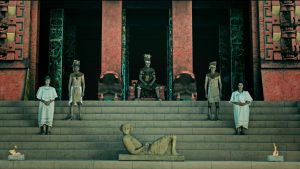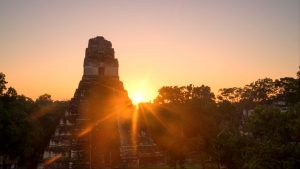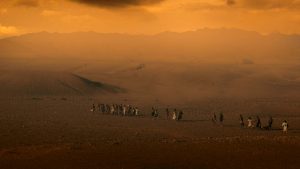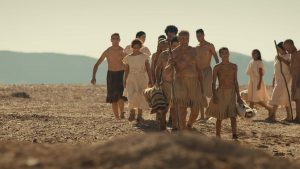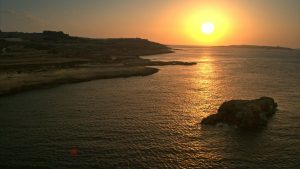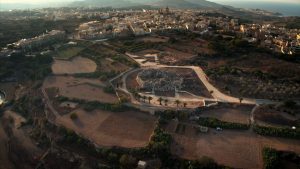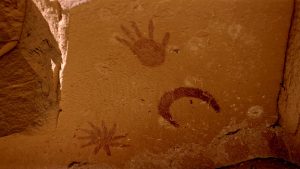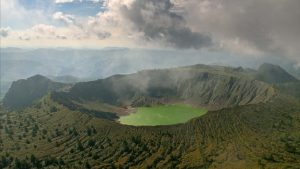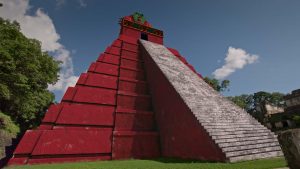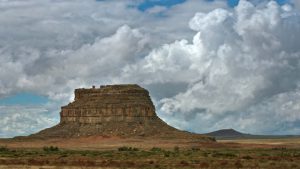Productions Sacred Sites: Apocalypse
Sacred Sites: Apocalypse
1 x 46 minute 4K UHD science / history docudrama
Sacred Sites: Apocalypse” explores the disasters and cataclysms that have annihilated human societies at various times in the past. The story of apocalypse can reveal much about the global crises we face today – from climate change to pandemics.
Smithsonian Channel Airdate USA – 8th March 2021 / Smithsonian Channel Airdate UK – 9th March 2021.
Credits
- Executive Producer – Stephen Rooke
- Executive Producers – Smithsonian Channel – David Royle & Tim Evans
- Series Producer – Stephen Rooke
- Producer – Suzanne Colwell & Laura Danaher
- Creative Producer – David Ryan
- Directors – Stephen Rooke & Ruán Magan
- Writer – David Ryan
- Editor – Jim Dalton
- Directors of Photography – Mick O’Rourke, Colm Hogan, Ronan Fox
- Sound Recordists – Michael Cassidy, John Brennan
- Narrator – Eric Myers
- Music Composers – Giles Packham
- Production Managers – Charlotte Gygax, Maeve Kenny, Maggie Fagan
PRODUCTION PERIOD: 2020
BROADCASTERS & FUNDERS:
- Smithsonian Channel, USA
Sacred Sites: Apocalypse explores the disasters and cataclysms that have annihilated human societies at various times in the past. The story of apocalypse can reveal much about the global crises we face today – from climate change to pandemics.
From the earliest times, humans have feared apocalypse. And with good reason. As scientists, archaeologists and other experts explain, catastrophes have wreaked havoc upon civilization throughout history. Some have destroyed entire cultures, leaving only the ruins of their sacred sites. But they have also opened the way for change.
The episode begins around 2350 BC, when a major natural disaster struck civilizations in Europe and the Middle East. No one is quite sure what it was, but scientific evidence points to a possible meteor impact or a great flood. This disaster all but wiped out Stone Age culture in Malta and the Orkney Islands. The Bronze Age culture that replaced it had a different worldview and religion.
Fast forward 3,000 years to the 6th century AD, when a volcanic eruption in devastated the ancient Mayan society of central America. Several centuries later, a catastrophic drought obliterated the Native American civilization of Chaco Canyon. The societies that succeeded formed new beliefs and new cultures.
But of all disasters, a pandemic is perhaps the deadliest. When the lethal Justinian Plague ravaged Europe from around 540 AD, it seemed like the work of the God of the Old Testament. And over the centuries that followed Christianity became the dominant belief system throughout Europe.
Over a thousand years later, the Great Plague in London claimed some 100,000 victims out of a population of less than half a million. While self-isolating in his country home, scientist Isaac Newton made many ground-breaking discoveries, the most important of which came when an apple fell from a tree. Newton built the foundations of a new worldview, dominated by scientific understanding rather than religion.
As evidence at sacred sites reveals, history’s major disasters and pandemics have often cleared the way for humans to progress. This could be why the word “apocalypse” also means “revelation”: the idea that at the time of ultimate crisis, something is revealed and society undergoes a fundamental change.
At these critical moments new civilizations and new knowledge arise from the ashes. And for this reason, apocalypse is not only to be feared – but also valued.


